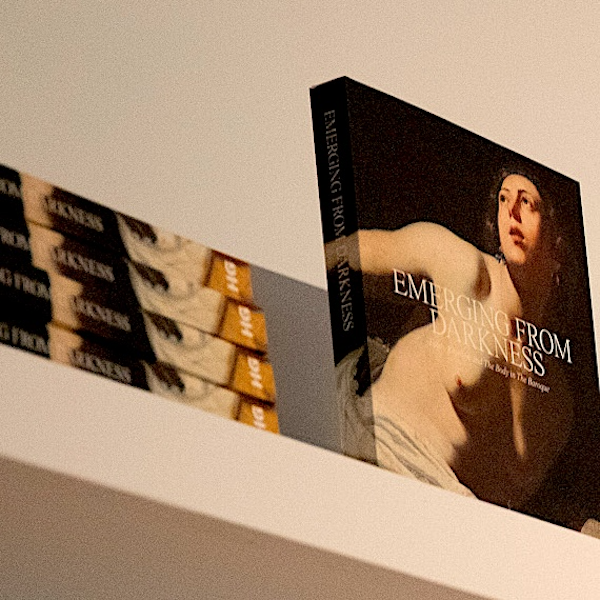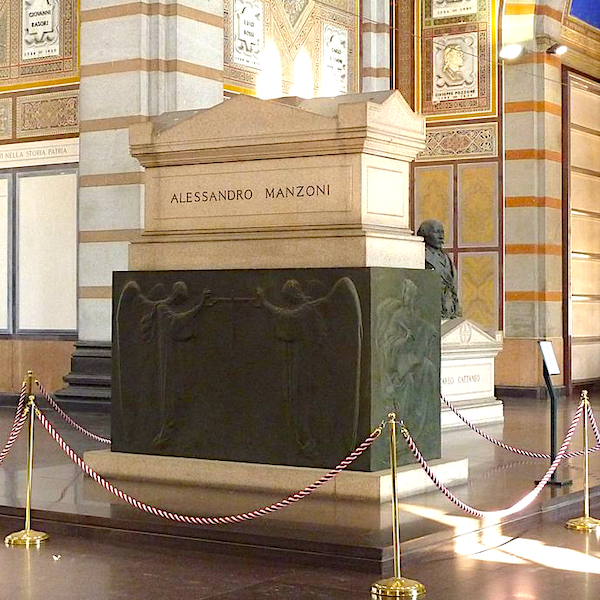Quaderno poetico #3: How the poetry works (I)
Theodore Ell University of Sydney
Once the historical labels are removed, the project of getting to know Piero Bigongiari arrives at the biggest question: if the idea of ermetismo
is not the key to defining his work, then what is?  Bigongiari’s poetry is often deeply abstract; it can be highly charged with emotion, but without a clear reason or point of reference; it sometimes plays odd games with internal rhymes and repetitions. Furthermore, the poems are presented in chronological order and their dates of composition are given in the table of contents. How do we discuss this coherently and sympathetically? And how do we draw philosophical conclusions from it?
Bigongiari’s poetry is often deeply abstract; it can be highly charged with emotion, but without a clear reason or point of reference; it sometimes plays odd games with internal rhymes and repetitions. Furthermore, the poems are presented in chronological order and their dates of composition are given in the table of contents. How do we discuss this coherently and sympathetically? And how do we draw philosophical conclusions from it?
This is the first of a number of posts that will map one way. The reality is that Bigongiari’s poetry is not nearly as difficult as it might seem: it’s only our ways of looking at it that can confuse us.
Writing about poetry can sometimes verge on guesswork. Poetry is a shape-shifter that often roams outside regular ways of making sense, leaving us with a feeling that what is said barely tells us anything about what is meant. How much licence can you allow the poetry, when your job is to name some specific purpose in it? The notion of poetics is essential but you have to be careful how wide you aim. If you think of poetics as a catch-all formula for a poet’s style, you may miss many variations, both subtle and dramatic. But if you think of poetics as an infinitely variable impromptu, you may lose the larger personality you’re after. The search for poetics is really a search for consistency, for the main habits at work in the poetry that offset and hold together anomalies and contradictions. It’s not enough to prescribe poetics like a ‘cure’ for the poetry’s mysteries. You need to understand the material that you see. The poetry is the result of a process of making, in which trial and error may have been just as important as plans and structure. Understanding poetics means understanding creative method, with all of creativity’s dead ends and back-tracking.
A fair amount has already been said about Bigongiari’s poetics, but it seems that there have indeed been problems with aim. Some critics have grounded Bigongiari’s poetics in the idea of the riddle, arguing that his highly abstract language is made of ‘encoded,’ ‘unlockable’ statements – from which the key is deliberately missing, leaving us in a permanent state of wondering. Other readers have viewed Bigongiari’s poetry as a long, impromptu wander through semantic and semiotic possibilities, with the poems experimenting in relating the unrelated, mirroring one mind’s ruminating on the uncountable puzzles we all face every day. Poems sometimes return to earlier material, seeming to think through it again.
They are two contrasting views – densely calculated mysteries, or improvisation in detail – but they illuminate two sides of the one reality: Bigongiari’s poems are an impromptu wander, through the permanent state of wondering. Remember that Bigongiari’s poems appear in chronological order with dates. They are a diary of grappling with the preoccupations that overlap and merge in the mind, and that are constantly fed by new sensations and impressions: structure emerges, but unpredictably, as the person gains perspective on the path life has taken. There are repetitions and reappearances, separations and dovetailings of ideas, as thought evolves and the individual grows. Moments in the poetry that seem not to fit with its general trends – those ‘anomalies and contradictions’ you have to watch for in describing poetics – can be comfortably accepted, and indeed explained, because they are understandable results of trains of thought that have petered out.
The key to Bigongiari’s poetics is the concept of elaboration . His poems are built of motifs: images, objects, fragments of experience or emotional description, which are constantly blended, re-coloured contrasted over long sequences of poems. The closest analogy is a musical score, in which recognisable themes recur in different patterns or moods, carrying with them the overall emotional and psychological effect. In Bigongiari’s poetry, the words aren’t necessarily words. They are brush-strokes, layers in a collage, flashes of vision or notes in a musical phrase, which all add up to create the feeling that a meaning is present, if not immediately decipherable.
This is unusual and in one respect astonishing. Bigongiari kept up this method of writing poetry for more than fifty years – his entire mature career. That is consistency! How did the method work, and how did it come about? That will be the subject of the next post. As we will see, it was a matter of poetry’s life or death.
Share this:
- Share on Tumblr
- </div></li><li class="share-end"/><li class="share-reddit"><div class="reddit_button"><iframe src="https://www.reddit.com/static/button/button1.html?newwindow=true&width=120&url=https%3A%2F%2Facis.org.au%2F2013%2F09%2F01%2Fquaderno-poetico-3-how-the-poetry-works-i%2F&title=Quaderno%20poetico%20%233%3A%20How%20the%20poetry%20works%20%28I%29" height="22" width="120" scrolling="no" frameborder="0"/></div></li><li class="share-end"/></ul></div></div></div></div></div> <div id="jp-relatedposts" class="jp-relatedposts"> <h3 class="jp-relatedposts-headline"><em>Related</em></h3> </div></div> </div>








